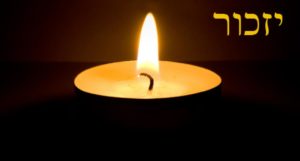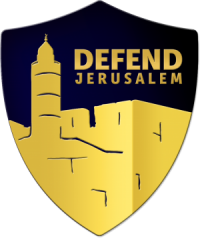
At sunset tonight, April 13, Israel will honor Yom Ha’Zikaron (יום הזיכרון), or Remembrance Day. Across the country, at army bases and in schools, and at military and civilian cemeteries throughout the country, the 23,928 soldiers, policemen and policewomen, and intelligence officers killed in the line of duty protecting the Jewish state will be remembered.
Those whose lives and sacrifices we salute were killed in the battle at Latrun fighting the Arab Legion in the desperate battles for Israel’s independence in 1948. They were killed in the Mitla Pass in Sinai in 1956, and they were killed liberating Jerusalem in 1967. The men and women whose names are carved into memorials in town squares and on plaques of the high schools they attended fell in battle along the Suez Canal and Jordan Valley during the War of Attrition; they died combat in the Valley of Tears on the Golan Heights and the sands of the Chinese Farm in the Sinai Desert in 1973. They were casualties of the wars in Lebanon battling terrorists and Iran’s proxies. They lost their lives inside the tunnels of the Gaza Strip fighting fundamentalist forces of terror who are engaged in a holy war against Israel and who seek its destruction.
The victims of terrorist violence—close to 4,200 of them—are also honored on Remembrance Day. Those killed at the hands of cold-hearted murderers were farmers near a border collective, and travelers waiting to board an El Al flight in Zurich. They were schoolchildren in Ma’alot and a heartbroken father bludgeoned to death after he had watched his young daughter killed in cold blood before his eyes. The victims of terror include soldiers and students hitch-hiking back to their base and heading home. They are grandmothers buying food in the market, and families torn apart by a suicide bombers in a Jerusalem pizzeria or a restaurant in Haifa. The victims of terror remembered this somber day include children who were rocketed in their homes. The hand of premeditated evil does not discriminate by age, gender, or ethnicity.
Streets and schools are named after the fallen. There are statues and squares to memorialize the dead with names etched in bronze and carved into stone. The State of Israel is a small country and everyone knows someone who has had their lives shattered by the loss of someone they loved and knew for too short a time. Yet the most striking monument to honor their sacrifice is the vibrant miracle of the State of Israel—a nation that defines defiance and resilience, and that although it has endured such pain and heartbreak, is determined to thrive and succeed. And this is precisely why Remembrance Day is immediately followed by Yom Ha’Atzmaut (יום העצמאות), or Independence Day. There is no better way to honor the sacrifice of those who have paid the ultimate price defending the State of Israel.
